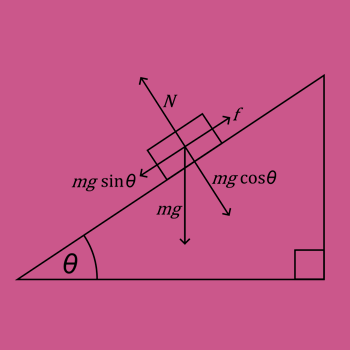An isosceles right triangle has legs that are each 4cm. What is the length of the hypotenuse?
2 Answers
Nov 14, 2015
Explanation:
We will use the Pythagorean Theorem for this problem.
We know that each leg is
Nov 14, 2015
Explanation:
By the Pythagorean theorem, the square of the hypotenuse of a right triangle is equal to the sum of the squares of it's legs. That is, for a right triangle with legs
In this case, we have


